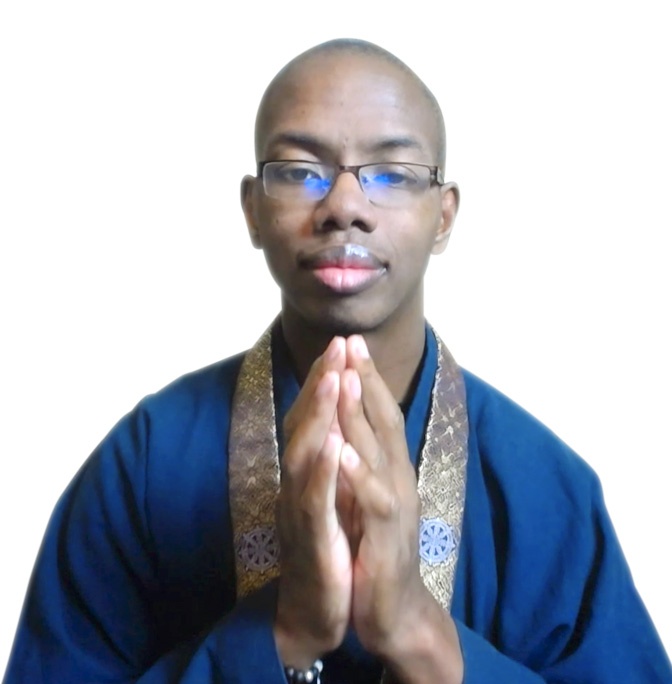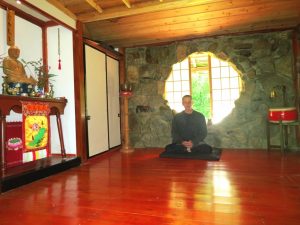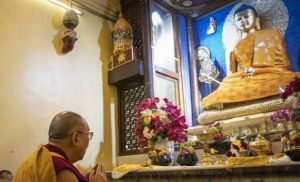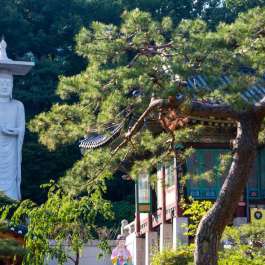
When I was a child, the autumn months used to make me sad. The weather would become colder, the days grew shorter, and it seemed like everything was changing for the worst. The icing on this terrible situation was that the trees were dying.
At least, I thought they were dying as their leaves changed color and fell to the ground. The adults in my life told me the trees were “just sleeping” but I didn’t believe them. “How could a tree lose all of its leaves and stay alive?” I wondered.
As I grew older, and I had a few more autumns under my belt, I realized that the adults were partially correct. Yes, the trees were sleeping, withdrawing nutrients from their branches, and storing up sugars for the winter months. But there were other things happening as well.
I learned that leaves aren’t actually green. They only look that way because they are filled with chlorophyl. It’s only in the fall when the chlorophyl dries up and the leaves are about to die that we see their true colors.
I learned that when the leaves fall on the ground, they provide habitats for a host of insects that need a resting place for the winter. And they insulate the ground so that earthworms in the soil don’t freeze. Finally, when the leaves break down and decompose, they fertilize the soil, adding nutrients to support the growth of the trees and other plants in the spring.
As I learned more about the natural processes of the world, my childlike ignorance was replaced with wisdom and I gained an appreciation for the impermanent nature of trees. And when I grew older, Buddhism helped me gain that same appreciation for the impermanent nature of people.
As humans, we are of a nature to be born, to grow old, to fall sick, and to die. In the beginning, growing older is a good thing. It’s a transition that adds more richness and complexity to our lives. At 16 we can drive, at 18 we leave home for college, at 25 we can rent a car! But as we age there inevitably comes a tipping point at which life stops giving us things and it starts to take them away.
As we grow older our bodies start to break down, illness becomes more frequent, and we may struggle to keep up with new technology. To be frank, these changes are unpleasant at best, and at worst they can be a source of immense suffering.
And this suffering is multiplied by a secular world that is rooted in ignorance, a world that tells us our bodies should never change. According to the advertisements that appear on our digital devices, every 50-year-old should look like they’re 25 and every sick person just needs to adopt a more positive mindset.
In contrast, Buddhism teaches that change is a natural, inescapable part of life. Everything in the universe, including people, is in a constant state of transition. If we can learn to accept life’s transitions, we can appreciate them in the same way that a child might appreciate the beauty of fallen leaves.
When we approach the aging process with this newfound wisdom, we find beauty in the midst of achy joints and gray hairs.
We notice that our youthful vigor has been replaced with a host of life experiences that help us make better, more considered choices. We realize that a quiet evening with good friends can be more enjoyable than a night out on the town surrounded by strangers. And we find more time for spiritual practice as we let go of our juvenile desires.
More than that, as the autumn leaves fall from our proverbial tree, we realize that they’re making room for new growth to emerge. This may look like taking up a new hobby or deepening our relationship with our partner.
When we do this, when we approach the aging process with a mind of acceptance, the world opens up to us. And the suffering that’s normally associated with the process of birth, aging, sickness, and death disappears. Instead, it’s replaced by a feeling of joy and quiet contentment as we look over the fallen leaves of our past and look forward to the new growth that will emerge in our future.
Like a child who looks at the orange and red leaves of autumn and understands that they are harbingers of good days to come, we experience aging as evidence that life has new, exciting challenges in store. And when the day finally comes, and our human shell stops its worldly function, we can let it go without fear because we know that the end of one life leads to the beginning of another in the same way that the end of one season leads to the beginning of another.
Namu Amida Butsu
Related features from BDG
Dance for a Passing World
Gratitude
Connecting the Past and Present of Shugendo – The Revival of Japan’s Ancient Mountain Ascetic Tradition, Part Four
Sowing the Seeds of Light and Life, Harvesting the Fruit of Rebirth
Bodhimandala
Pandemics and Inner Peace
At the Dog Park: Rejoicing in our Common Roots of Good and Evil












